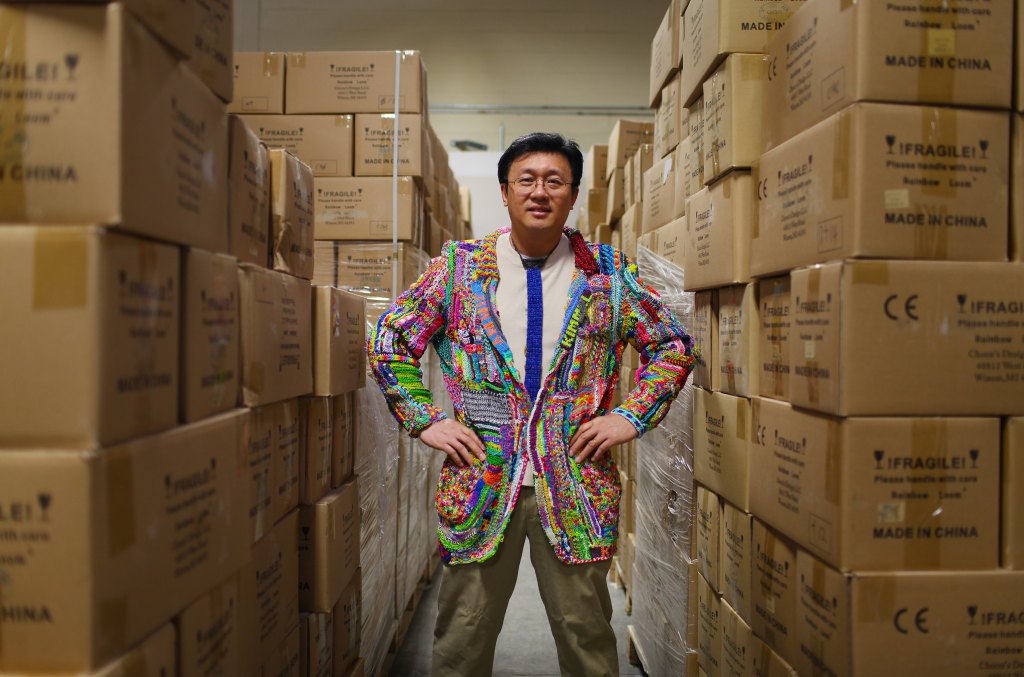The Rise and Fall of a Hot Toy

Why do trendy toys often fizzle out quickly? We traced the story of one toy to find out.
One evening in August 2010, Cheong Choon Ng came home to find his daughters making bracelets out of rubber bands. He decided to join the fun. But his big fingers made it difficult to weave the tiny bands together. So Ng created a loom. He arranged pushpins in rows on a wooden board. He and his daughters began looping the bands around the pins to make fun bracelet designs. The girls, ages 9 and 12, took their bracelets to school. Their classmates were hooked.
Ng and his wife used $10,000 of their savings to turn the toy into a product they could sell. Their investment paid for the manufacture of looms and rubber bands in China. Ng printed the instruction manuals himself. Rainbow Loom was born.
A Big Break
For a year, Ng tried to sell the toy to stores. Most declined. They thought the loom would be too hard for kids to use.
Ng’s daughters saved the day. They made videos of themselves weaving bracelets. The videos went viral. Small online orders rolled in, then a few from local toy stores. In July 2012, a store in Alpharetta, Georgia, placed a $10,000 order.
That was the break Rainbow Loom needed. The Georgia store offered bracelet-making lessons. The classes filled up quickly. Other stores followed suit. Sales grew by 50% each month for about two years, says Ng. In 2013, more than $124 million worth of Rainbow Looms were sold.
Why did Rainbow Loom rise in popularity so quickly? Several factors can produce a hot toy. Rainbow Loom had all the right ingredients: online buzz, great word-of-mouth, and the right combination of supply and demand.
Sometimes, demand for a toy rises, and the supply doesn’t keep up. The price can double or even triple as a result. The price for Rainbow Loom started at $15. As demand increased, Ng remembers prices rising to $20 in some stores. On Amazon, the price ran as high as $60. But if supply increases or demand decreases, prices can fall just as quickly. (So don’t beg your parents to pay a lot for a hot toy! It might not be worth the money. Be patient. The price may drop.)
Fall of a Fad
Copycat looms sprang up, and supply increased. Competing companies sold cheaper rubber bands. By the end of 2014, the craze started to fade. By 2016, annual sales fell to $13.5 million. Today, Rainbow Loom sells for just $9.95.
Ng kept his eye on the future. He started inventing new toys. “We knew [the fad] would go away,” he says. “We were prepared for that.” —By Hayden Field








